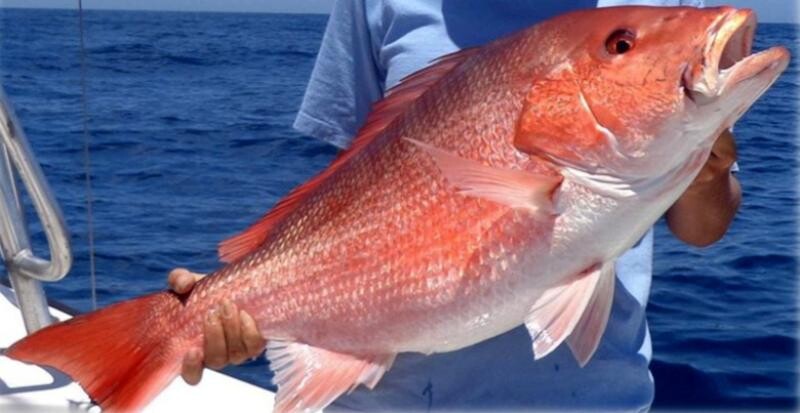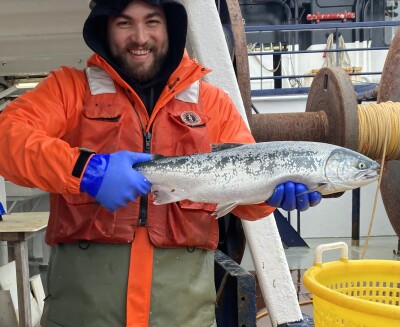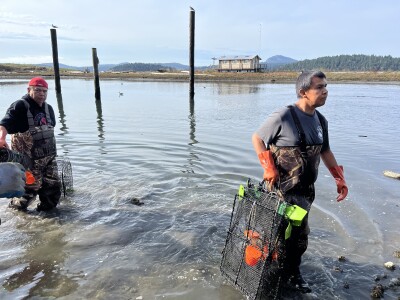“How is the red snapper fishing?” At certain times of the year, that question gets asked more than “What’s for dinner?” Answers vary widely, even from fishermen in the same circle of friends or the same port. It can be influenced by variables like dock bravado, who is listening, who is asking, or if it's happy hour or not.
No matter what is said when this question is asked, some have been questioning the state of the U.S. Gulf’s red snapper stock. Some people will say, “I have no problem catching red snappers,” and that may be true in the small pocket of the Gulf where they fish. Yet a lot of the fishermen and women, including myself, feel there are issues with the stock. The data — both federal and from the Gulf states — backs this up.
For a few years, reports of “localized depletion” have come from all over the Gulf. At what point can we just call it what it is: depletion? All of us want longer seasons, but we want them when the stock is healthy. The truth is, we’re catching smaller fish more frequently, and more of those fish must be discarded due to size restrictions. These discards often don’t survive, contributing to mortality, further weakening the stock.
The collective ability to catch fish has vastly increased thanks to the growth in the number of anglers as well as improvements in charting and boat handling technology. If we continue this trend, the extra days we get now could be paid for in lost opportunity in the future.
Once the state recreational and for-hire seasons got over 70 days, we started seeing the stock struggle to replenish itself. Over the last three years, the average size of the fish has decreased, reducing the abundance of large breeding fish — the cornerstone of a resilient fish stock.
As we begin to see the stock decline, it creates a chain reaction. As the older age classes of fish are removed from the stock, it starts to affect the stock’s ability to replenish itself. A 3-pound fish will produce around 2.5 million eggs, a 7-pound fish almost 50 million, and a 16-pound fish around 125 million eggs per year. Longer seasons give opportunity for bigger breeding fish to be harvested, crippling the ability to replenish.
Mature fish produce higher-quality eggs, providing greater opportunity to produce a healthier fishery. Without enough of these fish, we lose the quality of the next generation. It’s the reason we need management practices that build resilient stocks with quality access instead of just managing for access alone.
A declining fishery affects everyone — anglers, for-hire operators, commercial fishermen, and coastal communities. This is why for-hire leadership was concerned about too much of an increase in catch when the “Great Red Snapper Count” report first came out. Unfortunately, politics crept into the scientific process. This led to the push to “re-analyze” the data multiple times, increasing the allocation from 300,000 pounds to almost 1 million pounds. This stressed the scientific credibility of how catch advice is produced.
A higher abundance was shown in the study, but that did not translate into a significant increase in catch because of the uncertainty the study injected into the stock assessment. You combine this political increase with the significant delay due to reanalyzing multiple times, and you have a fishery that was prosecuted above a sustainable rate for multiple years. This is why we are seeing a decline.
Snapper declines occurred in the 1980s, in the early 2000s, and now we are seeing one in the 2020s. With more fishermen on the water, managers must strive for regulations that ensure both maximum access and a healthy, abundant stock to support our coastal communities. It is the nation’s resource, and we need to break the cycle of having to rebuild this fishery every 20 to 25 years.
This is not insurmountable. The good news is we are just starting to see the decline and have time to make changes. We do have different variables with predation more prevalent and ecological changes happening, but a resilient fishery will handle this better.
To meet this challenge, we must work together to invest in timely, transparent science. NOAA Fisheries provides essential services such as assessments, surveys, monitoring, and streamlining data programs that help managers make informed decisions. Budget and staffing cuts to that agency risk our ability to restore American fishing and seafood competitiveness.
Jim Green is president of the Destin, Fla., Charter Boat Association






